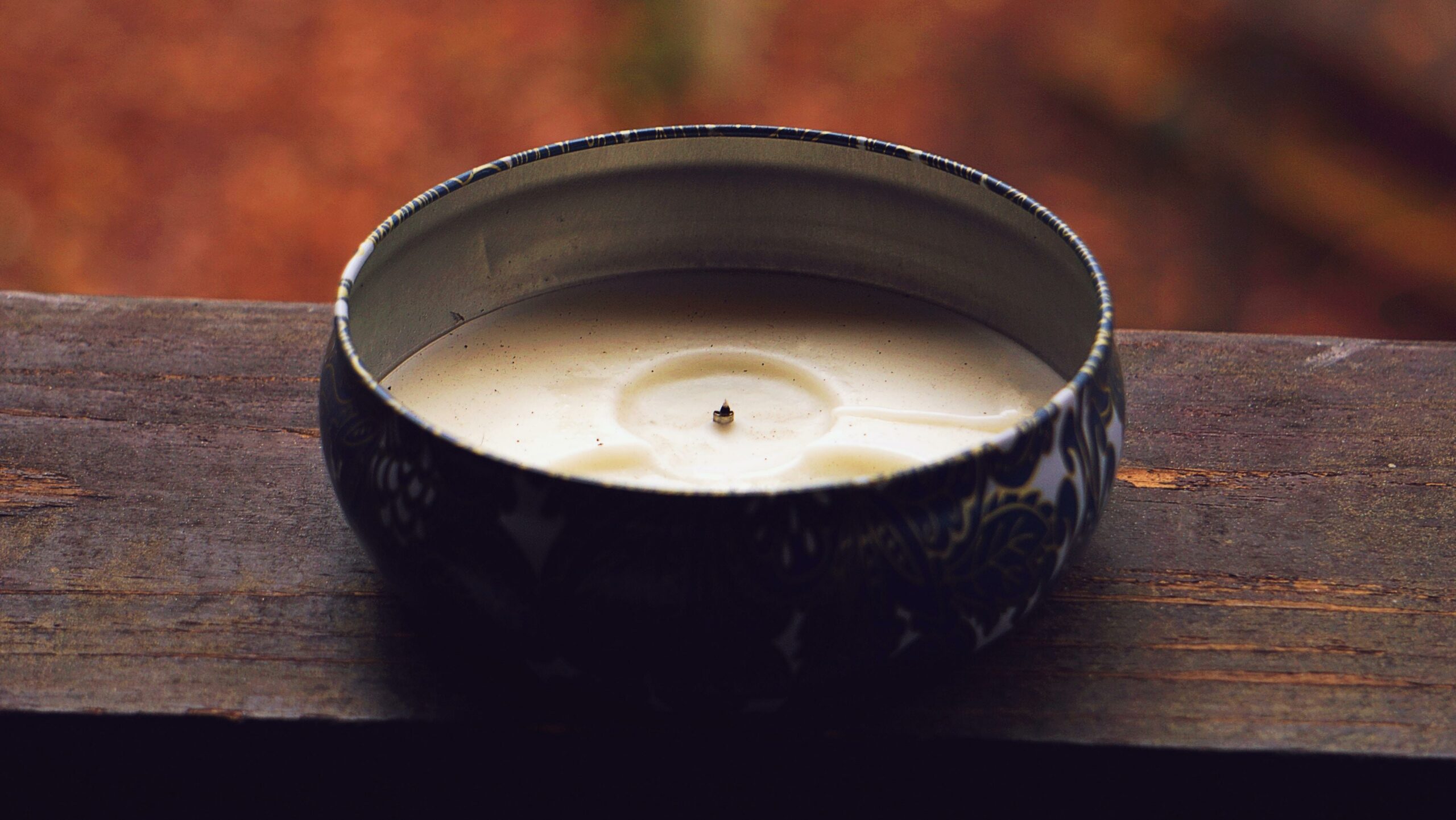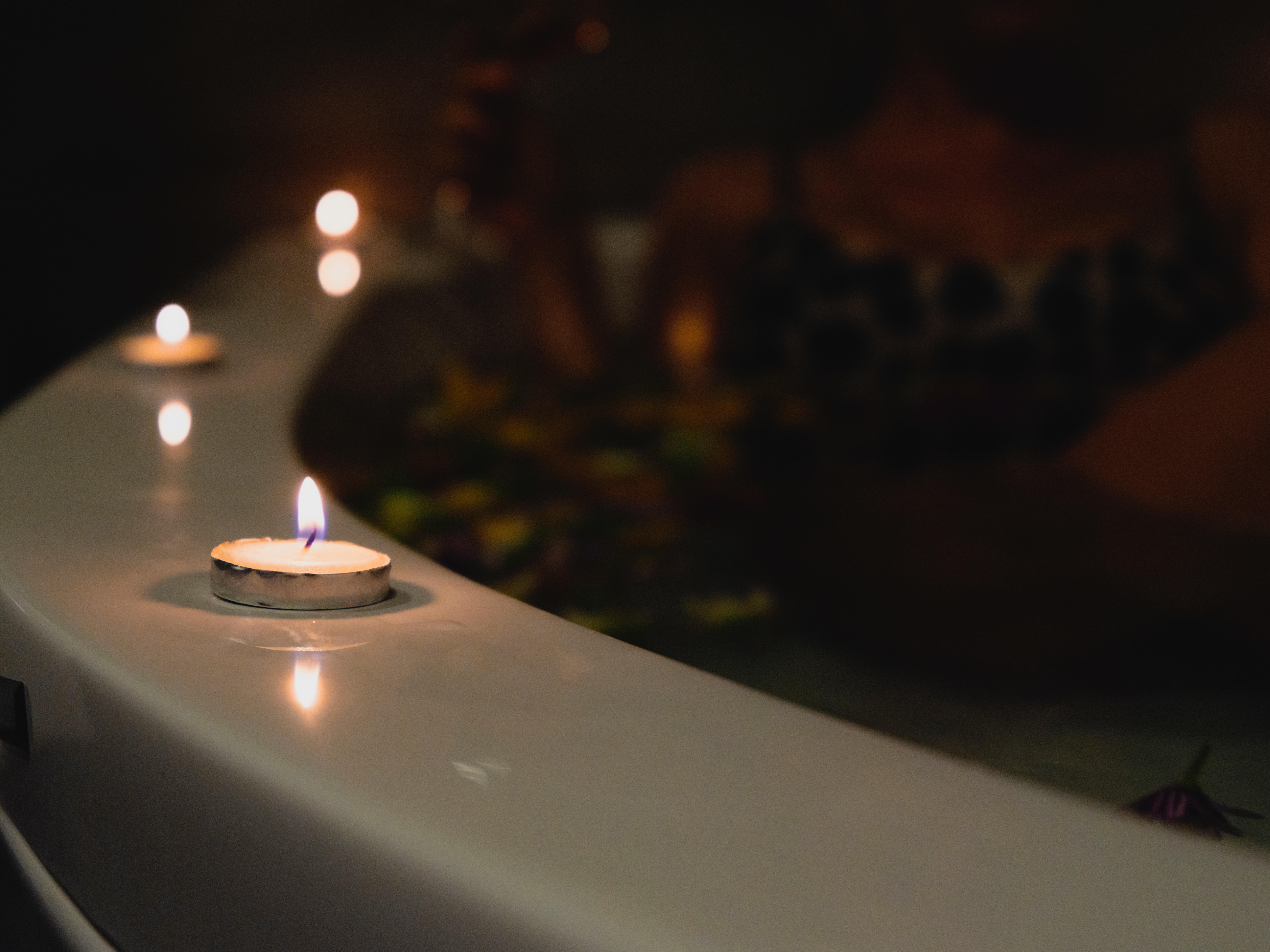Are you tired of battling with unwanted hair and endless shaving routines? Look no further, as we delve into the world of waxing techniques that will revolutionize your hair removal routine. In this article, we will explore the mastery behind different waxing techniques, unravelling the secrets to effective and long-lasting hair removal. Whether you’re a seasoned waxing enthusiast or a curious beginner, get ready to discover the art of waxing like never before.

Different Waxing Techniques
Waxing is a widely popular method of hair removal that offers long-lasting results and a smooth, hair-free finish. Whether you’re preparing for a special occasion or simply prefer the feeling of silky-smooth skin, mastering the art of different waxing techniques can revolutionize your hair removal routine. In this article, we will explore a range of waxing techniques, their benefits, and how they can enhance your hair removal experience.
Strip Waxing vs Warm Waxing
When it comes to the world of waxing, there are two primary categories of techniques: strip waxing and warm waxing. Let’s delve into what sets these methods apart.
Strip Waxing: This technique involves applying a thin layer of warm wax onto the skin and then placing a cloth or paper strip over it. The strip is then pressed firmly onto the waxed area and swiftly removed in the opposite direction of hair growth. Strip waxing is often used on larger areas of the body, such as the legs or arms, as it efficiently removes hair from the roots.
On the other hand, warm waxing incorporates a different approach. This method utilizes warm wax, which is thicker in consistency than strip wax. The warm wax is directly applied to the skin in a thick layer, allowing it to grip the hairs effectively. Once the wax cools and hardens, it is swiftly removed against the direction of hair growth, leaving behind smooth and hair-free skin. Warm waxing is particularly well-suited for sensitive areas, like the bikini line or underarms, as it minimizes discomfort and reduces the likelihood of skin irritation.
Quote: “Strip and warm waxing are two distinct techniques, each with its own advantages. While strip waxing is ideal for larger areas, warm waxing is perfect for sensitive regions, delivering a more comfortable and precise hair removal experience.”
Exploring Different Types of Wax
To achieve the best waxing results, it’s crucial to understand the various types of wax available. Each type has its own unique properties and benefits, catering to different hair removal needs.
1. Warm Soft Wax: This type of wax is widely utilized in salons and is often the go-to choice for professionals due to its effectiveness in removing hair from larger areas. It is applied with a spatula in a thin layer, adhering to both the hairs and the skin. The wax is then swiftly removed, leaving behind a smooth and hair-free surface. Warm soft wax is most commonly used for leg and arm waxing.
2. Warm Hard Wax: In contrast to warm soft wax, warm hard wax is thicker and does not require a cloth or paper strip for removal. Instead, this type of wax hardens on the skin, allowing it to be lifted off easily by hand. Warm hard wax is highly recommended for sensitive areas, such as the bikini line or facial hair removal, as it adheres primarily to the hairs and minimizes discomfort on the skin.
3. Cold Soft Wax: Cold soft wax typically comes in pre-made wax strips, making it convenient for at-home use. The strips are warmed between the hands, applied to the desired area, and then swiftly pulled off. Cold soft wax is a popular choice for quick touch-ups or smaller areas, like the upper lip or eyebrows.
4. Sugar Wax: Sugar wax, also known as sugaring, is a natural and gentle alternative to conventional waxing methods. Made from a combination of sugar, lemon juice, and water, this type of wax is applied to the skin and removed in the same manner as warm soft wax. Sugar wax is recommended for those with sensitive skin or allergies, as it tends to cause less irritation.
Quote: “Understanding the different types of wax can significantly enhance your waxing experience. Whether you opt for warm soft wax, warm hard wax, cold soft wax, or sugar wax, each type offers unique attributes catered towards specific hair removal needs.”
Unleashing the Power of Waxing Techniques
When it comes to effective hair removal, mastering the art of waxing techniques is essential. Here are a few tips to make the most out of your waxing sessions:
1. Prepare the Skin: Before waxing, ensure your skin is clean and dry. Avoid applying any lotions or oils, as they can interfere with the wax’s grip on the hairs.
2. Apply Baby Powder: Baby powder can be your secret weapon in achieving a more effective waxing session. Gently dusting it onto the skin before applying wax helps the wax adhere better to the hairs, making the removal process smoother and more efficient.
3. Proper Hair Length: For optimal results, ensure that your hair is the appropriate length before waxing. Aim for hair that is approximately a quarter-inch to half-an-inch long, as this allows the wax to grip the hairs effectively.
4. Aftercare: Treat your freshly waxed skin with care. Avoid sun exposure, saunas, and high-intensity exercise for 24-48 hours to prevent irritation or infection. Additionally, apply a soothing oil, such as tea tree or lavender oil, to remove any remaining wax residue and moisturize the skin.
Quote: “By following these simple yet effective tips, you can maximize the benefits of waxing techniques, ensuring a smooth and long-lasting hair removal experience.”
In conclusion, mastering the art of different waxing techniques is key to achieving an effective and enjoyable hair removal routine. Whether you opt for strip waxing or warm waxing, understanding the different types of wax available, or employing essential tips for a successful waxing experience, you can confidently embark on your hair-free journey. So why wait? Embrace the power of waxing techniques and discover the joy of smooth, silky skin.
Waxing is a great way to achieve smooth, hair-free skin that lasts for weeks. If you’re new to waxing or want to explore different waxing techniques, we have a fantastic collection of waxing examples for you to check out. From eyebrow shaping to Brazilian waxes, our examples showcase the expertise and precision of our professional estheticians. Discover the art of waxing and see the transformations that can be achieved. Click here to explore our waxing examples: Waxing Examples
FAQ
Question 1
What are the different types of waxing techniques for hair removal?
Answer 1
There are various waxing techniques for hair removal, including strip waxing and warm waxing. Strip waxing involves applying wax strips to the skin and then removing them, pulling the hairs out from the roots. Warm waxing, on the other hand, uses hot wax that is applied to the skin and then removed, also pulling the hairs out from the roots. Warm waxing is considered to be more effective than other techniques and is typically performed in a salon.
Question 2
Can you explain the difference between strip waxing and warm waxing?
Answer 2
Strip waxing involves applying wax strips to the skin and then removing them, pulling the hairs out from the roots. It is a popular and affordable method for hair removal. On the other hand, warm waxing uses hot wax that is applied to the skin and then removed, also pulling the hairs out from the roots. Warm waxing is often performed in a salon and is considered to be more effective than strip waxing.
Question 3
What is the purpose of using baby powder during waxing sessions?
Answer 3
Baby powder can be used during waxing sessions to make the process more effective. It helps the wax stick to the hairs better, making it easier to remove them. By applying a thin layer of baby powder to the skin before waxing, you can ensure that the wax adheres properly to the hairs, resulting in a more efficient hair removal process.
Question 4
How long does the skin remain smooth and hair-free after waxing?
Answer 4
Waxing is a semi-permanent hair removal method that removes the hair shaft from below the skin’s surface. As a result, the skin remains smooth and hair-free for an extended period of time compared to other hair removal techniques. The exact duration can vary from person to person, but on average, the results can last anywhere from two to six weeks, depending on individual hair growth patterns.
Question 5
What precautions should be taken after waxing to ensure proper healing?
Answer 5
After waxing, it is important to treat the waxed skin tenderly for 24-48 hours to ensure proper healing. This includes avoiding sun exposure, saunas, and high-intensity exercise that could irritate the skin. Additionally, it is recommended to apply a soothing oil to remove any remaining wax and to moisturize the skin regularly. By following these precautions, you can promote healing and maintain the smoothness of the waxed skin.
- Senior at What Age: Benefits & Eligibility Guide - March 29, 2025
- Unlocking Senior Benefits: How Old is a Senior? Your Complete Guide - March 29, 2025
- Master Russian Politeness:A Guide to Saying Please - March 29, 2025
















